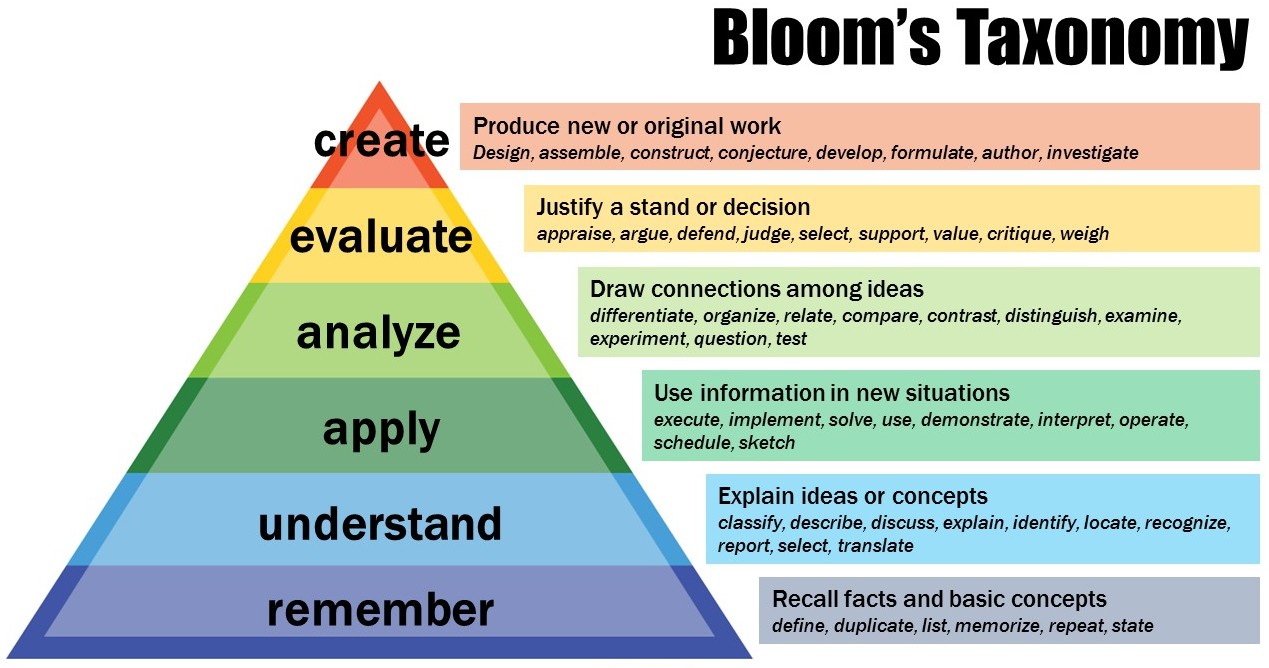TA Observation
During Fall 2016 semester, I served my compulsory TA (Teaching Assistant) duty. Recently the TAC (TA Coordinator) and an observer, Miss Elaine from CEI (Center for Education Innovation), observed one of my tutorial given to UG students of ELEC 3400 (Introduction to Integrated Circuits and Systems), and gave me some advice about that. There is a pre-observation, talking briefly what I’m gonna teach and what kind of skills I’m gonna use; and also a post-observation, discussing the feelings and exchanging feedback.
Miss Elaine is actually great. I met her one year ago in my TA training session where she was the major lecturer, showing us how to teach, and the TA training session itself was a great success in terms of her teaching skills. She is the observer this time, and gives me really helpful advice before and after the tutorial.
Pre-observation
There is a pre-observation discussing about some general stuff and also talking in detail about the tutorial I’m gonna give, both content and teaching skills. It’s after the pre-observation that I realized I can do so much better than before just by indeed applying the teaching skills to my tutorial.
Besides, I also discuss with her some of my concerns, including my presentation skills (like gestures, humanly talk and walk-around) and teaching skills (engaging students and eliciting).
Post-observation
After the tutorial, we talk again about subjective feelings and objective facts. Indeed, Miss Elaine gives me a lot of advice which turns out to be very helpful yet difficult to implement. Anyway, the observation gives me really something to think about and something I can do during the rest of this semester.
Bloom’s Taxonomy

Bloom’s Taxonomy is a framework for categorizing educational goals. The revised Taxonomy contains different levels shown below.
- Remember
- Recognizing
- Recalling
- Understand
- Interpreting
- Exemplifying
- Classifying
- Summarizing
- Inferring
- Comparing
- Explaining
- Apply
- Executing
- Implementing
- Analyze
- Differentiating
- Organizing
- Attributing
- Evaluate
- Checking
- Critiquing
- Create
- Generating
- Planning
- Producing
Objectives (learning goals) are really significant to teaching and learning. Thus, during tutorial, when you ask questions, you may think about what is the objective, what is expected to be mastered by the students. Also, when you ask questions, better start from lower level to higher level.
Elicit
Miss Elaine mentions a word “ELICIT”, which means to draw or bring out or forth. Just like in post-observation, she asks me a lot of questions trying to elicit me to think about some stuff: What’s in the tutorial? What’s good or bad in the tutorial? What would I do next? What’s the plan for improving?
ELICIT can also be used to bring out what students know. It is desirable to check from time to time whether the students understand you or not. Instead of keeping telling them without noticing they are already not with you, sometimes eliciting is a better way to check whether students are following you, what students know, etc.
In terms of the plan for further improvement, Instead of just telling me what to enhance, Miss Elaine elicits me to think about it myself. That’s a genius application of elicit, making this otherwise seemingly formalistic and useless improvement plan really work for her and me.
Engage Students
Students’ involvement really means something. Better engagement makes the lecture more fruitful in terms of knowledge delivering. Involving students can be time-consuming and less efficient, but when employed properly, it makes the lecture more interesting and human.
During the tutorial, student involvement really creates an engaging atmosphere all around the classroom. This several minutes students are really focusing and thinking about the question raised.
Further Plan
We discuss about some tips on further improvement plan. As stated, instead of telling me what to do, Miss Elaine asks me what you want to do, leading me to really think about it and give a plan myself.
Better presentation skills.
- More gestures, less laser pen.
- Humanly, naturally walk around, making people comfortable.
- Talk humanly, with proper punctuation and emphasis.
Better student engagement
- Actively bring individuals together for discussion.
- From time to time involve students, checking whether they are following.
Better eliciting slides
- For a comparison page, instead of giving the results and explaining, tell students to fill in the comparison table and tell me why.
- For a summary page, tell students to give me the items, help them reflect through the content.